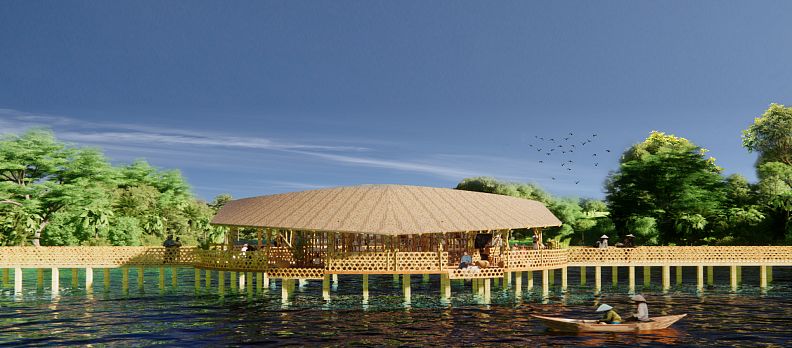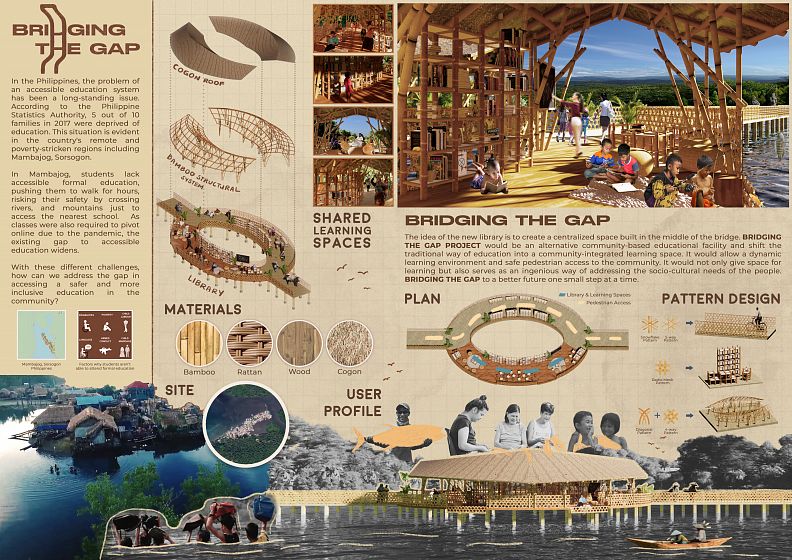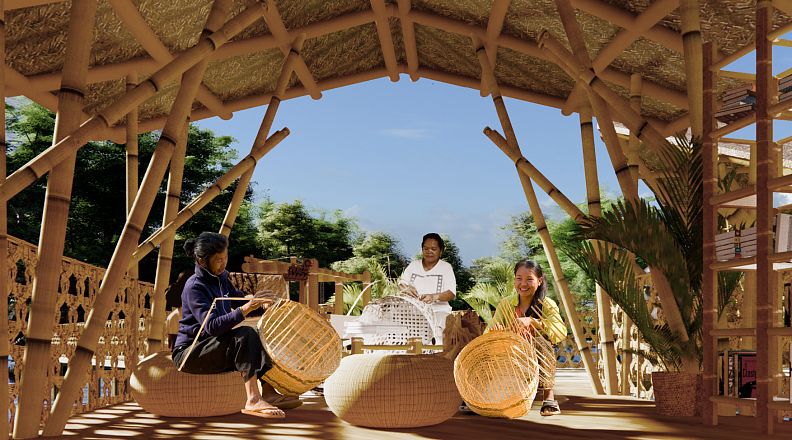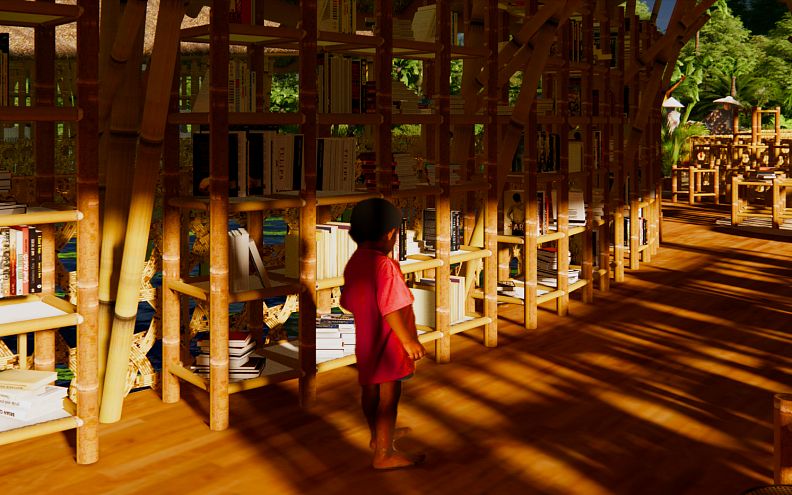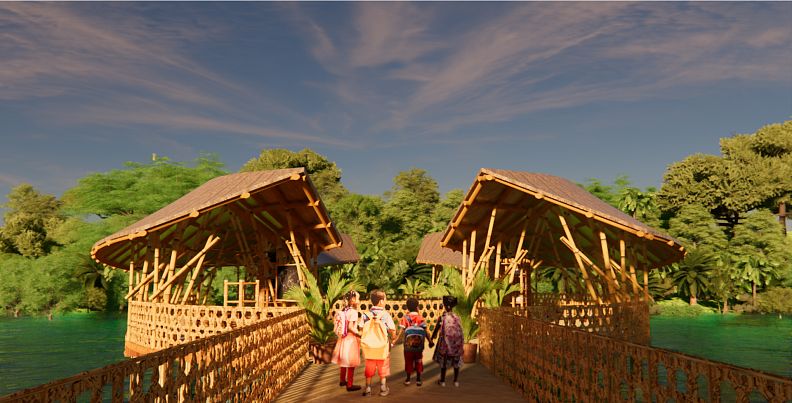Bridging the Gap

Project idea
Bridging the Gap
The idea of the new library is to create a centralized space built in the middle of the bridge. Bridging the Gap would be an alternative community-based educational facility and shift the traditional way of education into a community-integrated learning space. It would allow a dynamic learning environment and safe pedestrian access to the community. It would not only give space for learning but also serves as an ingenious way of addressing the socio-cultural needs of the people.
BRIDGING THE GAP to a better future one small step at a time.
Project description
In the Philippines, the problem of an accessible education system has been a long-standing issue. According to the Philippine Statistics Authority, 5 out of 10 families in 2017 were deprived of education. This situation is evident in the country's remote and poverty-stricken regions including Mambajog, Sorsogon.
In Mambajog, students lack accessible formal education, pushing them to walk for hours, risking their safety by crossing rivers, and mountains just to access the nearest school. As classes were also required to pivot online due to the pandemic, the existing gap to accessible education widens.
With these different challenges, we can address the gap in accessing a safer and more inclusive education in the community, through the "Bridging the Gap Project".
Technical information
The design used bamboo as the main material of the Bridge and Library since it is one of the most endemic construction materials in the Philippines. The posts and beams, generally constitute part or structural framework. They are to carry the self-weight of buildings and loads imposed by the occupants and the weather.
The Philippines is still catching up in adopting the newly developed bamboo building construction technologies that many countries are now doing today. By adapting this in communal spaces in the country it will help to empower the local architecture of the country to use this material.
